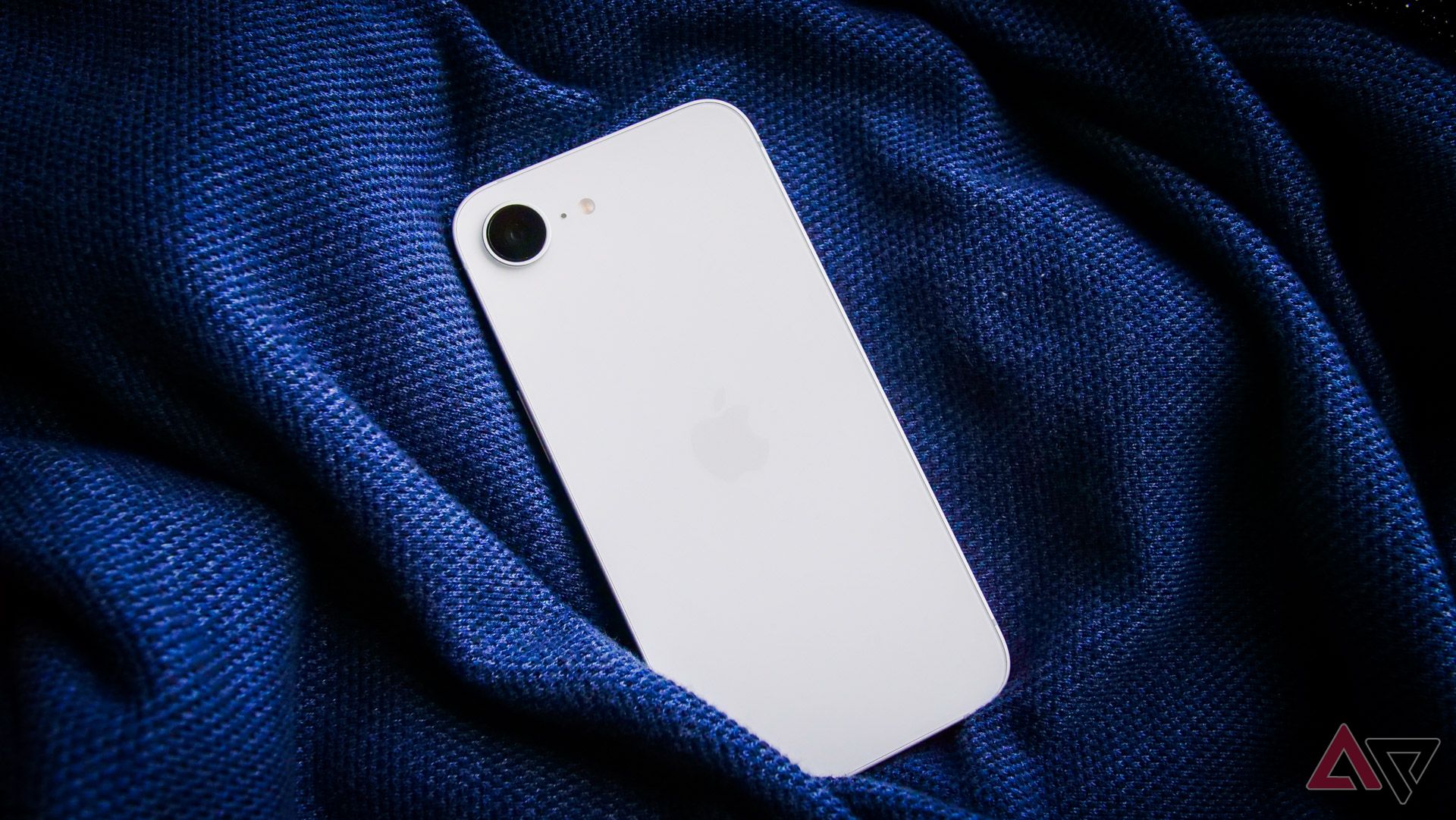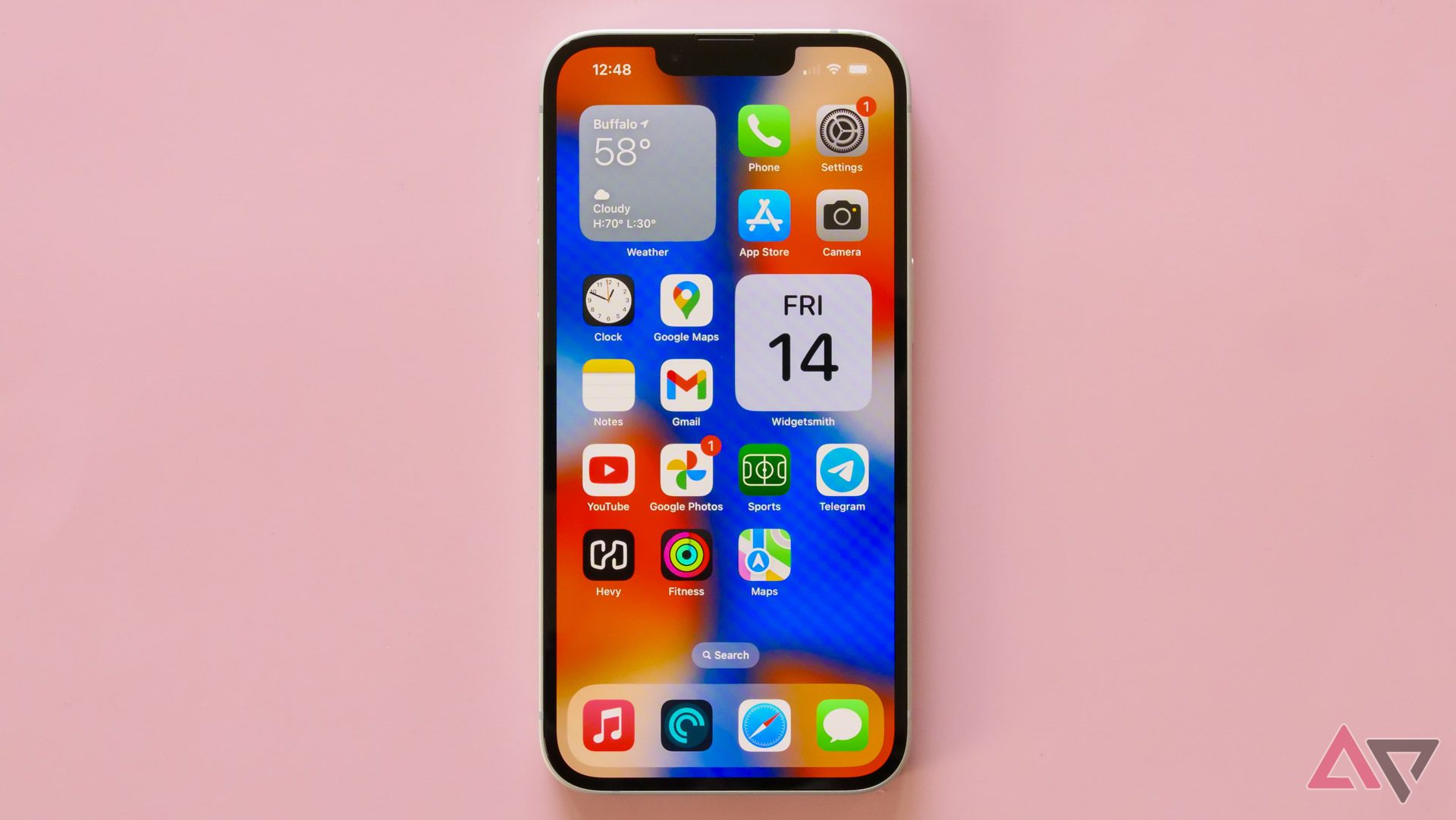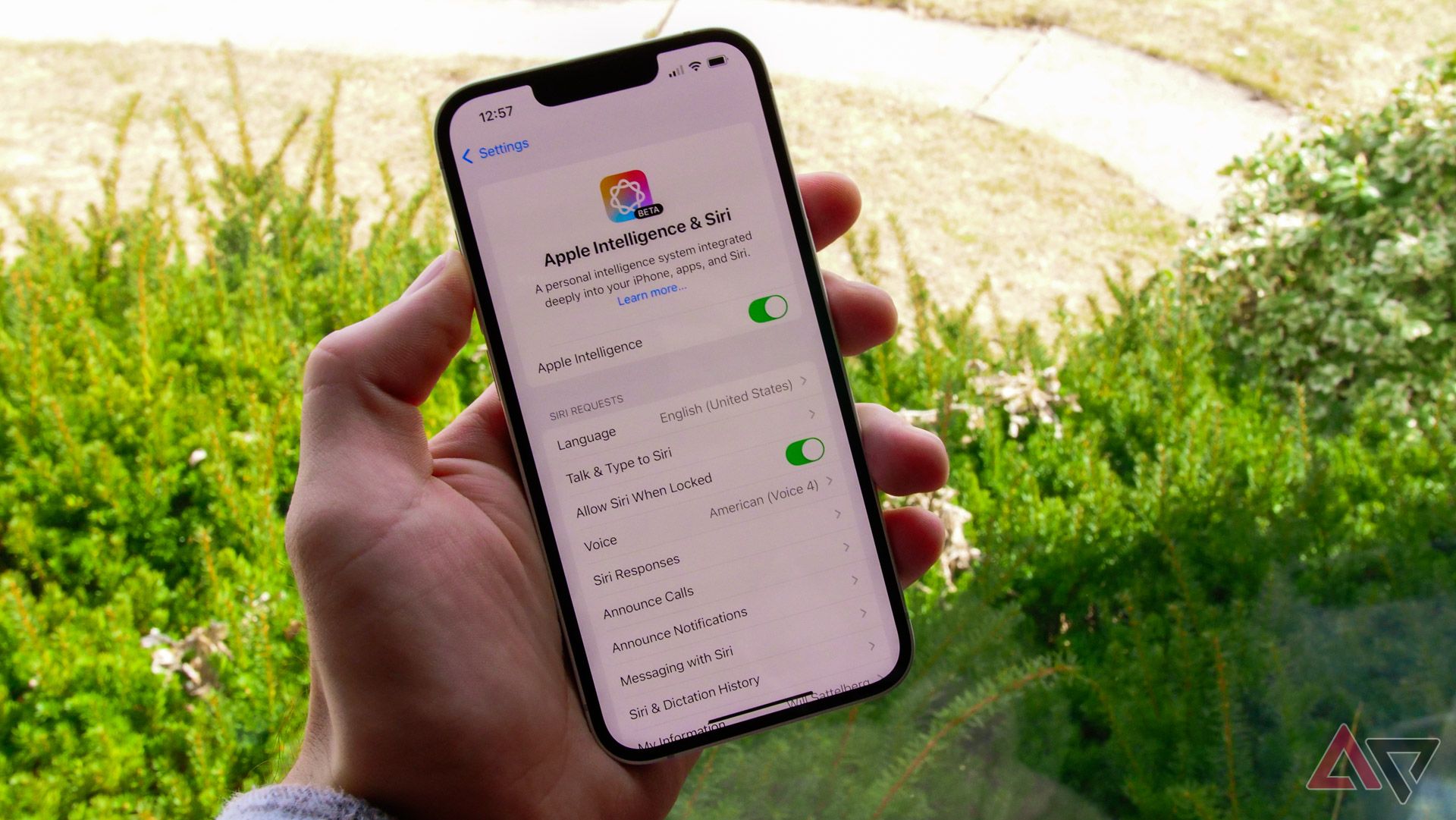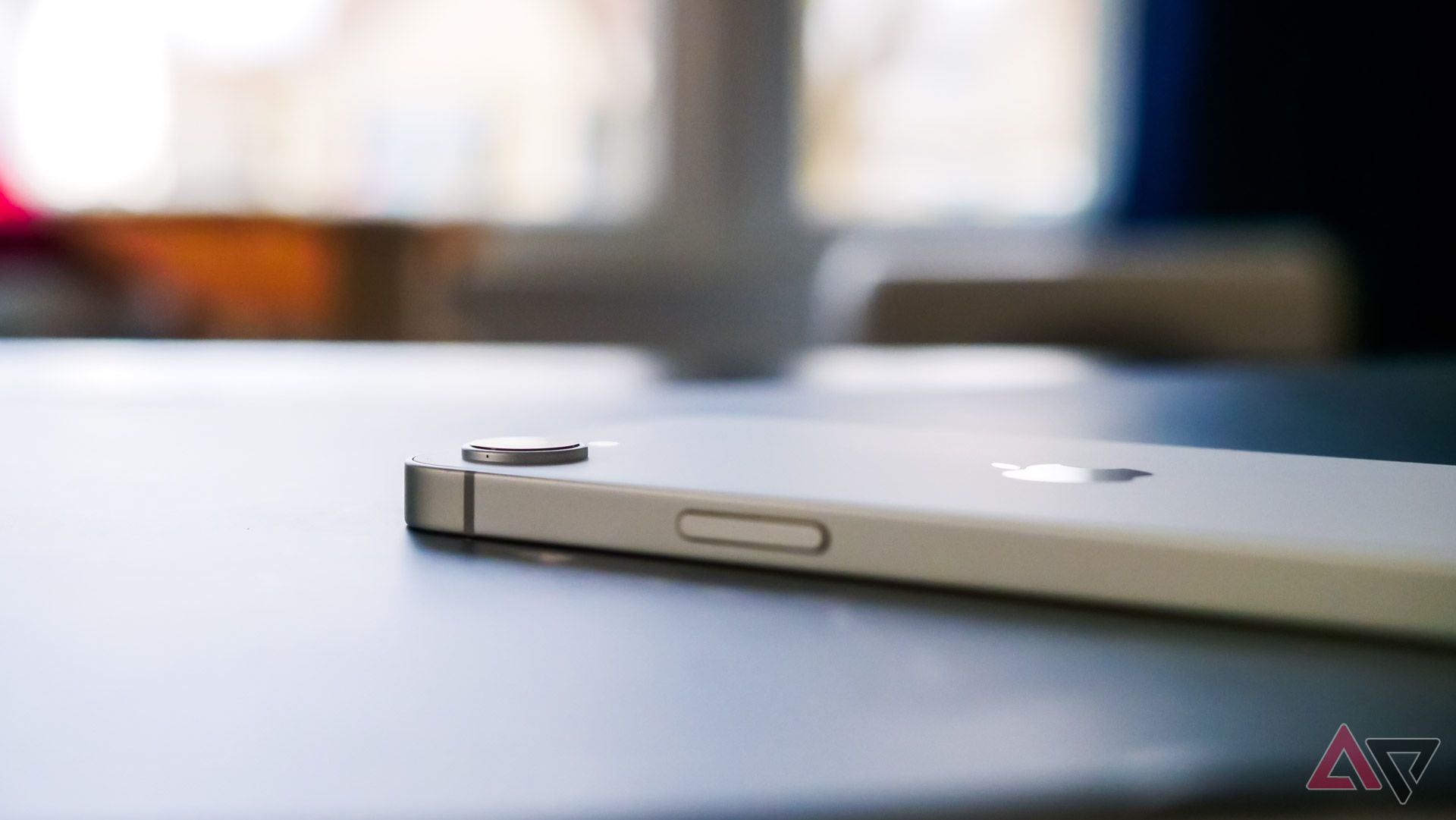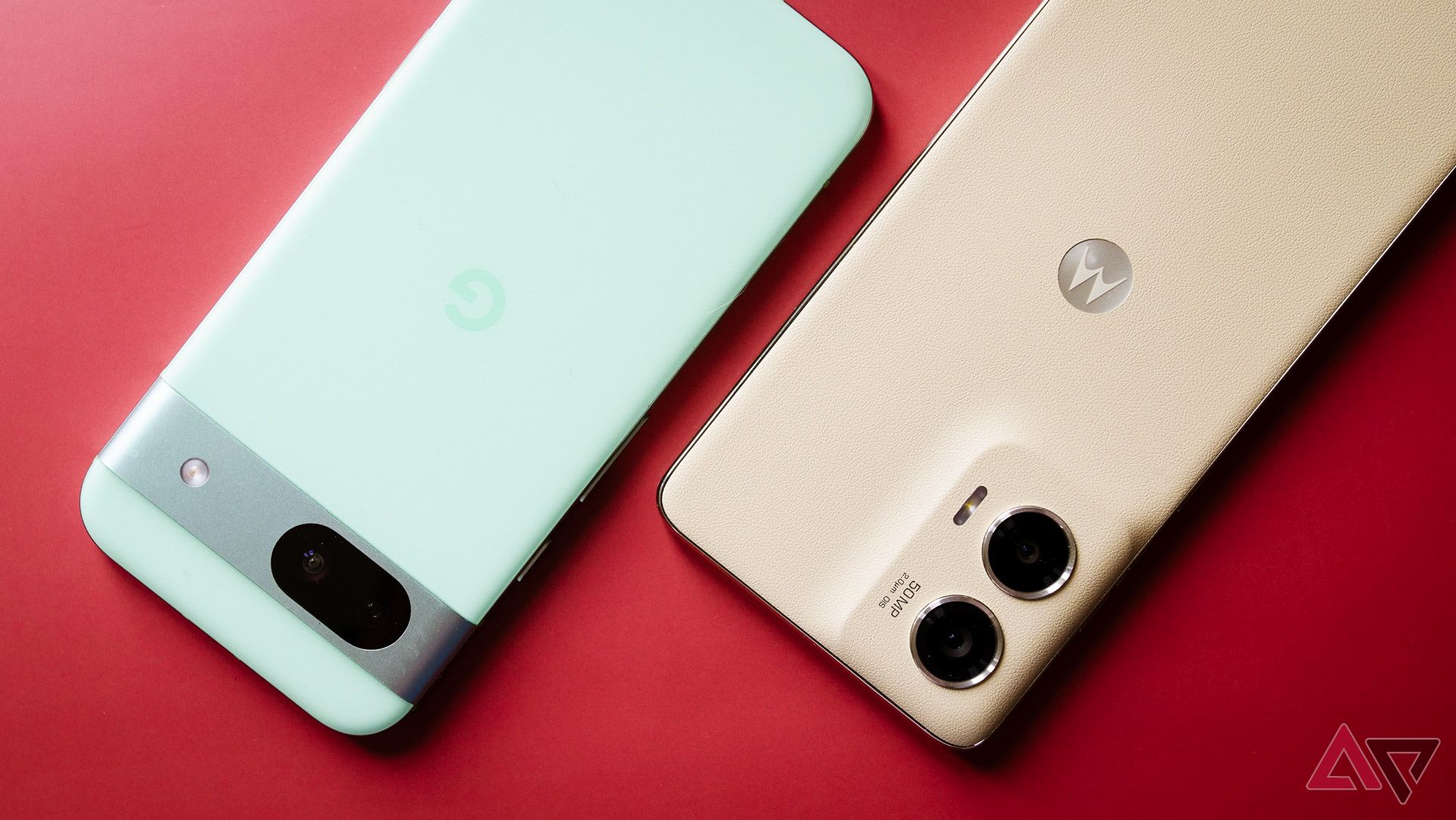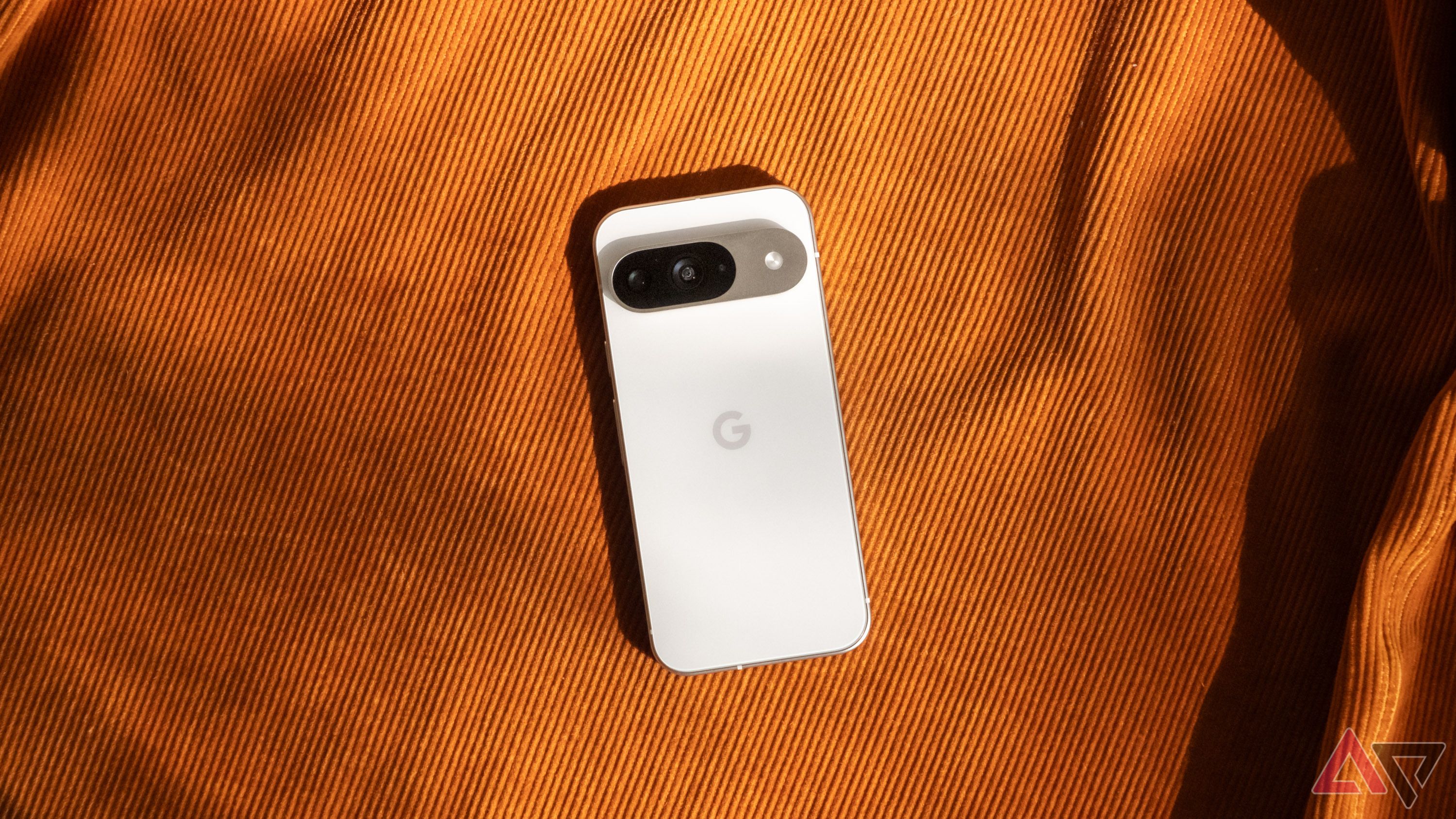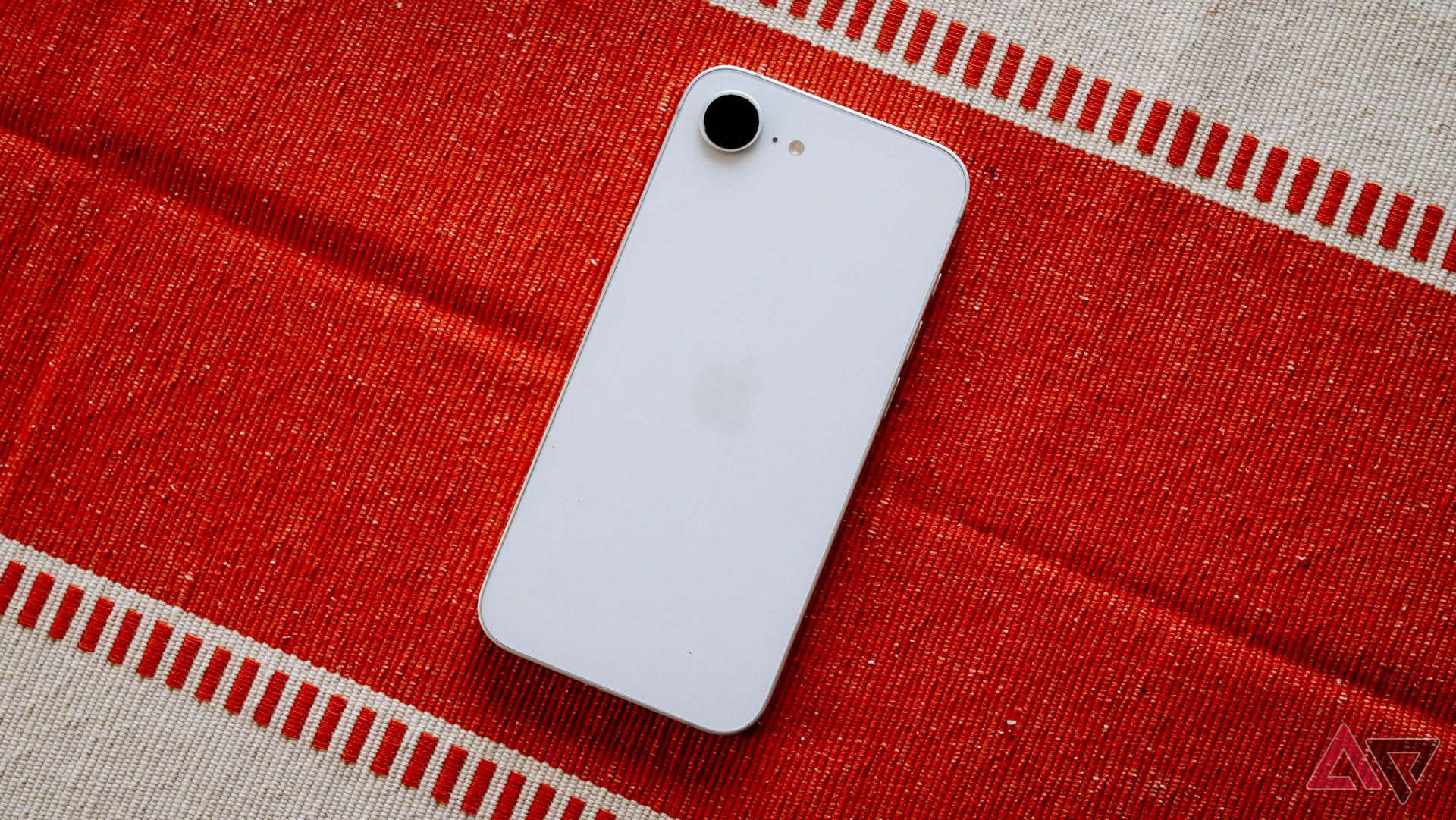Apple’s iPhone SE replacement finally landed earlier this month, and rather than the more traditional fourth-gen device most expected, it was an all-new entry. There’s a lot to like about the iPhone 16e, especially from a hardware perspective. From the flagship-class chipset powering it to the overall clean design paired with premium materials, it’s a solid piece of hardware — just don’t power it on, or you’ll be faced with the worst of Apple’s OS and AI decisions.
Though I didn’t walk away from my time with the iPhone 16e feeling particularly pleased, there are still plenty of valuable lessons for Apple’s Android-based rivals to take away from this phone. From its single camera lens to its size and scope, here are 5 things Android OEMs should take away from the iPhone 16e.
5
Non-flagship phone hardware doesn’t need to feel cheap
The iPhone 16e is one of Apple’s best designs in years
By far, the best part of the iPhone 16e is its design. While it might look virtually identical to the iPhone 14 it replaced in Apple’s lineup, in the hand, it’s sporting a remarkable feel. With matching matte glass and an aluminum frame, the iPhone 16e looks more like the iPhone 5s than any smartphone the company’s made in the past decade. At 167 grams, it’s pretty light, yet delivers a premium feel every time you pick it up. In fact, I actually think it’s a better-feeling, more attractive phone than anything else in Apple’s iPhone 16 lineup (notch and bezel size notwithstanding).
While I’d say Android’s midrange competition bests Apple in a lot of ways here, look and feel really is the iPhone’s strong suit. Last year’s Pixel 8a is comfortable, sure, but its plastic back isn’t going to fool anyone. The same goes for Samsung’s Galaxy A-series; they’re all perfectly find phones, aping trends from the more expensive Galaxy S25 lineup, but I wouldn’t call them outright attractive. Companies like Google, Samsung, OnePlus, and Motorola could all take notes from Apple here. Feeling good in the hand doesn’t need to be a cut corner.
4
Nor do cheaper smartphones have to be huge
A 6.1-inch display might be all you need — or want
The iPhone 16e is far larger than any of its home button-sporting iPhone SE counterparts, but that doesn’t make it large. Its 6.1-inch OLED panel is one of the smallest I’ve used in the past 12 months of reviewing smartphones; really, only the front displays on Motorola’s 2024 Razrs are smaller, and that’s undoubtedly cheating. While I’m sure plenty of iPhone users — especially those upgrading from an older SE model or the iPhone 13 Mini — might wish the screen was a little more pocket-friendly, it’s far from the behemoths that make up Android’s best midrange entries.
This is something Google’s done a great job of mastering. The Pixel 8a also has a 6.1-inch display, while the Pixel 9a is jumping up to a 6.3-inch panel to better match the rest of its non-XL siblings. Those are big displays, to be sure, but compared to the 6.7-inch panels used on the Galaxy S24 FE, Galaxy A56, Galaxy A36, Galaxy A26, and… well, pretty much all of Samsung’s modern A-series, they feel much more manageable. And don’t let me fool you into thinking I’m singling out Samsung — Motorola and OnePlus are just as guilty.
3
Don’t focus your entire products on AI chips
Even if you’re a believer in the tech, it’s not there yet
The biggest mistake Apple made in designing the iPhone 16e was basing the entire product around Apple Intelligence. By crafting a midrange smartphone that had to match the iPhone 16 Pro in terms of on-device AI power, the company forced itself into including a (slightly downgraded) variant of its flagship A18 SoC. The result is a $600 “cheap” smartphone that eliminates a lot of features shoppers might actually want, including extra camera sensors, a faster display, and Apple-exclusive tools like the Dynamic Island, Camera Control, and MagSafe.
Google has seen plenty of success sticking the same Tensor chipset in A-series devices, even if that might change with the Pixel 10a in 2026. And frankly, that’s okay! I don’t think most buyers will notice the difference between true flagship chipsets and their cheaper midrange counterparts, just as I don’t think AI applications have gotten good enough to deserve being the marquee selling point of any phone. By leaning into tried-and-true features and cutting the right corners, Android can succeed where Apple fails.
2
You don’t need a massive camera bump on a low-cost phone
And you aren’t fooling anyone, either
The iPhone 16e wobbles outside of a case. Place it on a desk, tap the upper-left corner, and you’ll watch it flex towards your finger before quickly rebounding. It’s not perfect, but it’s a hell of a lot better than some of the other “budget” smartphones I’ve used as of late. While I’m all about building a recognizable design, it seems like most of these design decisions come from attempting to make phones look more premium, rather than act more premium — just look at the plague of 2MP macro “sensors” we had to deal with for years as evidence.
Largely speaking, though, I have no doubt that the protrusion levels of the iPhone 16e’s single lens isn’t fake — it really needs this amount of space outside the chassis. I have my suspicions this isn’t true for every smartphone in this sub-flagship space. The OnePlus 13R is a great budget flagship, but does it really need that circular-shaped camera module, or is it simply to look both more impressive and in line with the standard OnePlus 13? Your guess is as good as mine, but the bump-less design we’ve seen on Pixel 9a leaks speaks for itself.
Related
In 2025, some Android phones should ditch their camera bumps
A lesson in smartphone design and marketing
1
But you should probably include more than one lens
If only for flexibility
The iPhone 16e’s main sensor is perfectly fine, especially if you prefer the color grading and post-processing look of Apple’s cameras. But that’s all it is — one sensor, no matter how Apple would love for you to think of it as “2-in-1.” I think most shoppers expect not to see a true telephoto lens at this price point, even if that might be changing with the Pixel 10 later this year. But an ultra-wide sensor would be really nice to see on the iPhone 16e, and frankly, I hope budget Android devices don’t follow suit.
Whether you’re taking (true) macro shots or trying to squeeze a group of friends into a single frame, the inclusion of ultra-wide lenses is pretty crucial these days. The best cheap Android phones already include a perfectly decent offering, and I’m keeping my fingers crossed that it doesn’t change any time soon. The iPhone 16e’s single lens might look better than the camera arrays on more expensive iPhone models, but it’s a perfect case of form over function.
Budget Android phones are already great, and they’re bound to get better
We’ve been living in a renaissance of cheap Android smartphones for a while now. From Google’s mostly-excellent Pixel A-series and the borderline flagship OnePlus 13R to Samsung’s own boring-but-rock-solid A-series (boy, do these companies like using the letter ‘A’ for cheaper products), most people probably don’t need to spend flagship-levels of cash on their next phone. The Galaxy S25 Ultra and Pixel 9 Pro XL might be nice, but are they really worth their four-digit price tags?
The iPhone 16e’s hardware proves that you don’t need to pay top dollar to get a premium gadget in 2025. While I have no doubt that Apple went in the wrong direction for several of its ideas with its latest iPhone, that just gives Android manufacturers that much more of a chance to nail their midrange smartphones moving forward. And with some of these lessons, I’m confident you won’t need to pay $1,000 on your next upgrade to feel satisfied with whatever you end up buying.


